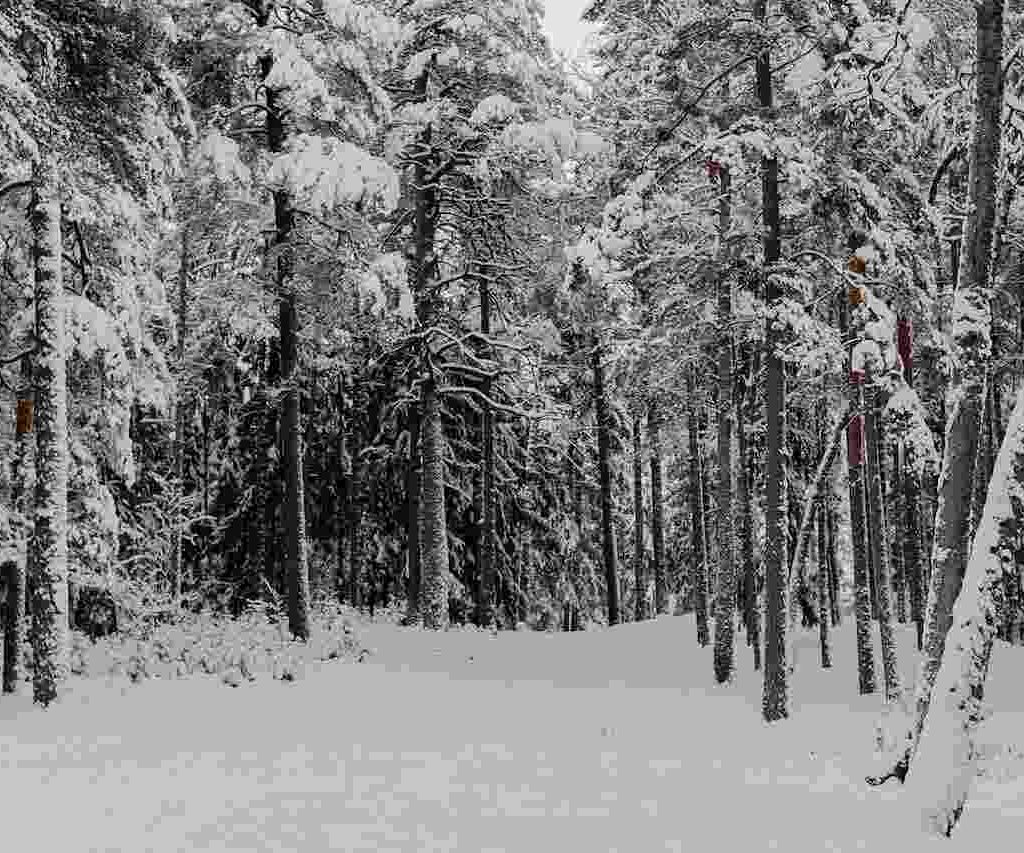You may have visual snow syndrome if all you see is static or snow, like the image on an old television. Many who suffer from it also experience migraine headaches. There isn’t a typical course of care.
What is visual snow syndrome?
The condition known as “visual snow syndrome” makes you see static. Some people compare it to seeing objects in a shook-up snow globe. The dots in your area of view are flickering.
You might be able to see clear, black-and-white, or colorful “snow.” It might flare.
However, the cause of visual snow syndrome is unknown to scientists. It might have something to do with the excitability of your brain’s occipital lobes, which process images.
It is a chronic problem for many people. Anxiety and migraines are common conditions in many people.
Therefore, despite the unknown etiology of it, researchers have well-characterized and documented the symptoms. In particular, many patients also suffer from migraines and anxiety concurrently. Additionally, the visual disturbances tend to persist over time rather than being temporary.
Causes and Symptoms
How does visual snow syndrome manifest itself?
Among the visual symptoms are:
- Whether your eyes are open or closed, you will always see “snow” or “static” in your surroundings. Another distinct characteristic of visual snow syndrome is seeing the dotted images with or without closed eyes.
- observing items that fade in after the original image. We refer to this as palinopsia.
- having a light sensitivity (photophobia).
- Having night vision problems (nyctalopia).
- Entoptic phenomena are visual perceptions that occur inside the eye, such as seeing lights even while your eyes are closed.
In addition, the following could occur if you have visual snow syndrome:
- Tinnitus is the term for buzzing or ringing in your ears.
- feeling agitated, melancholy, or nervous.
- being disoriented, experiencing confusion, or feeling as though you have brain fog.
- Sleeping problems (insomnia).
- aura-producing migraines on a regular basis (different from your visual symptoms).
- feeling lightheaded or like you could throw up.
- Depersonalization is the feeling that you are not truly attached to oneself.
- feeling dizzy.
Is visual snow syndrome common?
It rarely occurs. Globally, it affects between 2% and 3% of people.
The reason behind visual snow syndrome?
The precise etiology of it is unknown. Certain areas of your brain might be hyperactive, according to some scientists.
Does the visual snow syndrome have any risk factors?
Patients with a variety of conditions can get it. These conditions include:
- migraine both aura-free and with.
- Anxiety.
Certainly, here’s a rephrased version of the provided text on diagnosis and tests for visual snow syndrome:
Diagnosis and Tests
Initial Assessment
- Medical History Review: Your healthcare provider will gather a detailed overview of your medical history, including any past or current medical conditions, medications, and lifestyle factors.
- Symptom Evaluation: A thorough discussion of your visual symptoms will be conducted, including their onset, duration, severity, and any associated factors.
- Physical Examination: A general physical examination will be performed to rule out any underlying physical conditions.
- Eye Exam: An ophthalmological evaluation will be conducted to assess the health of your eyes and rule out any eye-related disorders.
Excluding Other Causes
- Imaging Tests: Imaging studies, such as MRIs or CT scans, may be ordered to exclude neurological conditions or structural abnormalities in the brain or eyes.
- Neurological Evaluation: To assess neurological function and rule out neurological disorders, you may need to consult a neurologist.
- Ophthalmological Evaluation: Additional ophthalmological tests may be conducted to exclude specific eye conditions that could mimic visual snow symptoms.
Diagnostic Criteria
- Symptom Duration: To qualify as visual snow syndrome, the visual symptoms have to continue for three months or longer.
- Additional Visual Symptoms: At least two out of the following four visual symptoms must be present:
a. Palinopsia: Experiencing afterimages or trailing images after viewing objects.
b. Entoptic Phenomena: Seeing internal visual phenomena, such as floaters or flashes, within the eyes.
c. Photophobia: Increased sensitivity to light.
d. Nyctalopia: Difficulty seeing in low-light conditions or at night.
Exclusion of Other Causes
- Migraine Aura: Migraine aura or other neurological conditions are not the only cause of the visual symptoms.
- Medication Effects: The visual symptoms should not be caused by any medications or substances.
Comprehensive Evaluation
An ideal approach for diagnosing visual snow syndrome involves a collaborative assessment by a neuro-ophthalmologist, a specialist with expertise in both neurology and ophthalmology. This ensures a comprehensive evaluation that considers both neurological and ophthalmic aspects of the condition.
What is the treatment for it?
Standard treatment does not yet exist for visual snow syndrome. However, providers continue investigating certain medications that may help manage symptoms. Mental health medications like antidepressants may improve quality of life. They’re testing anti-seizure drugs for visual snow too. Transcranial magnetic stimulation is another experimental treatment under research.
Additionally, blue light blocking glasses could aid symptoms. Treating any co-occurring conditions like migraine or anxiety may also provide relief. Despite no definitive treatment, researchers are exploring various drug and nondrug options to manage visual disturbances and improve daily life. Providers aim to tailor treatment based on each individual’s symptoms and respons





